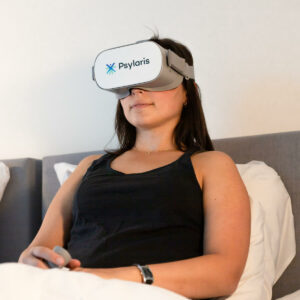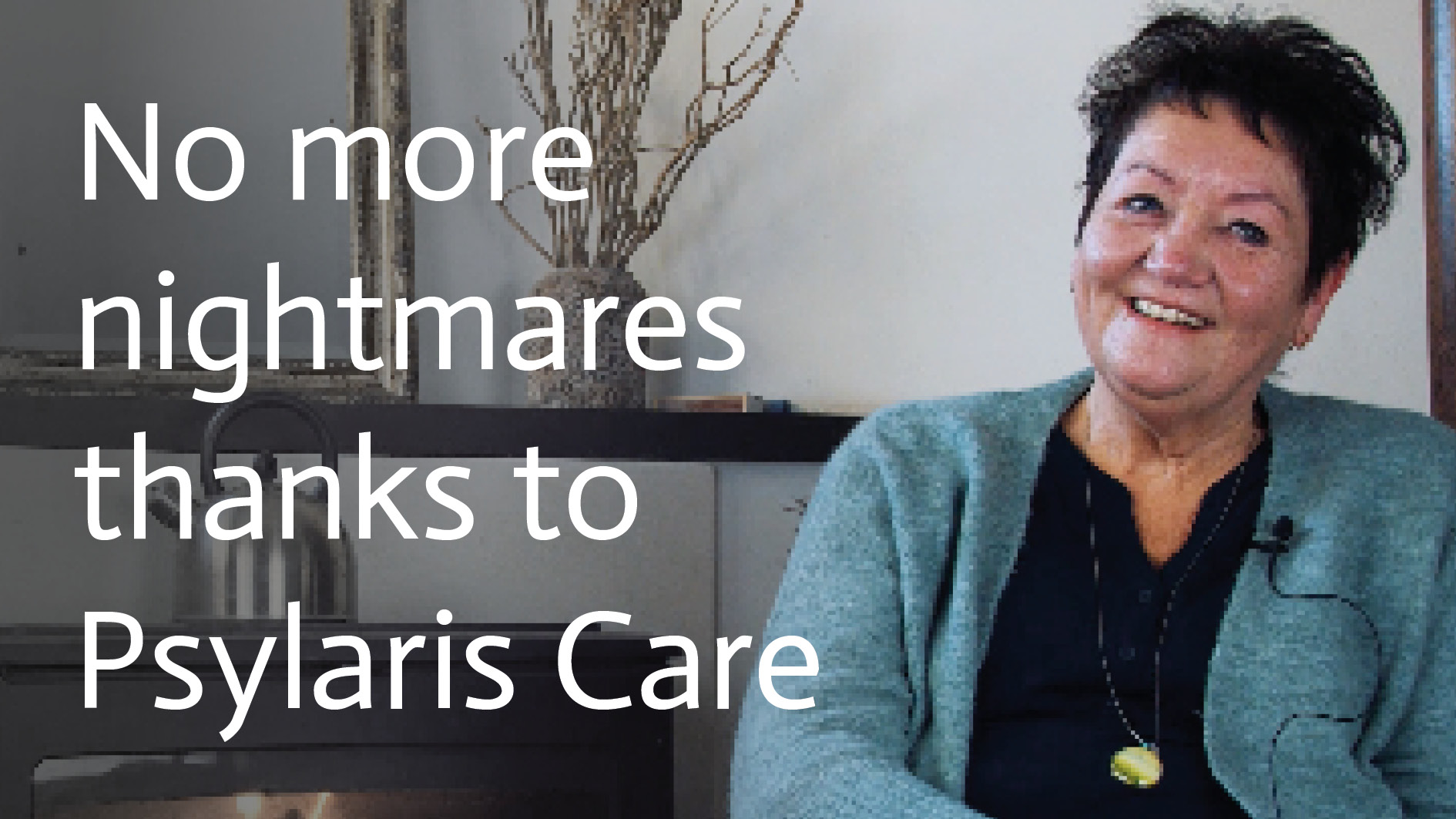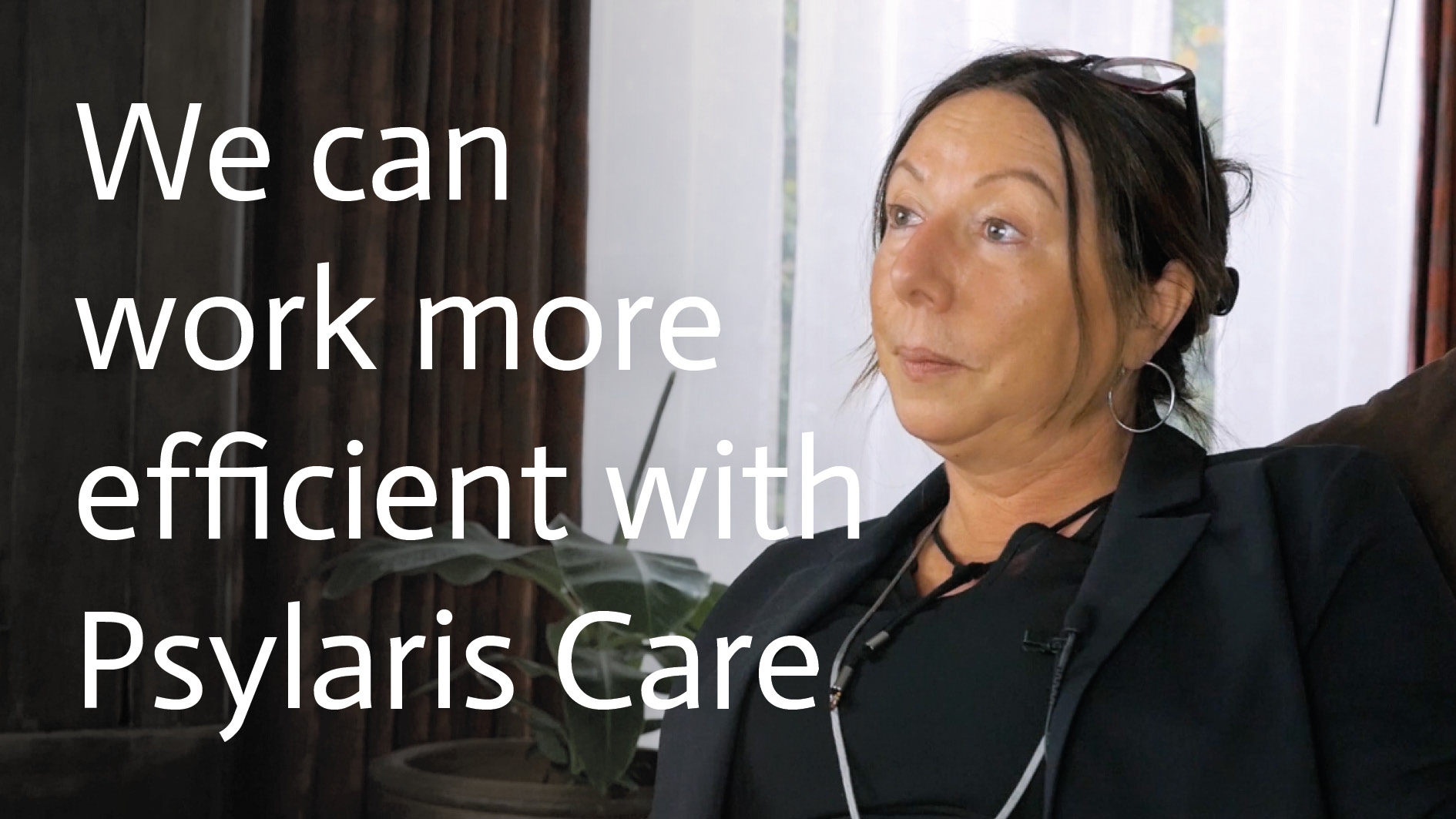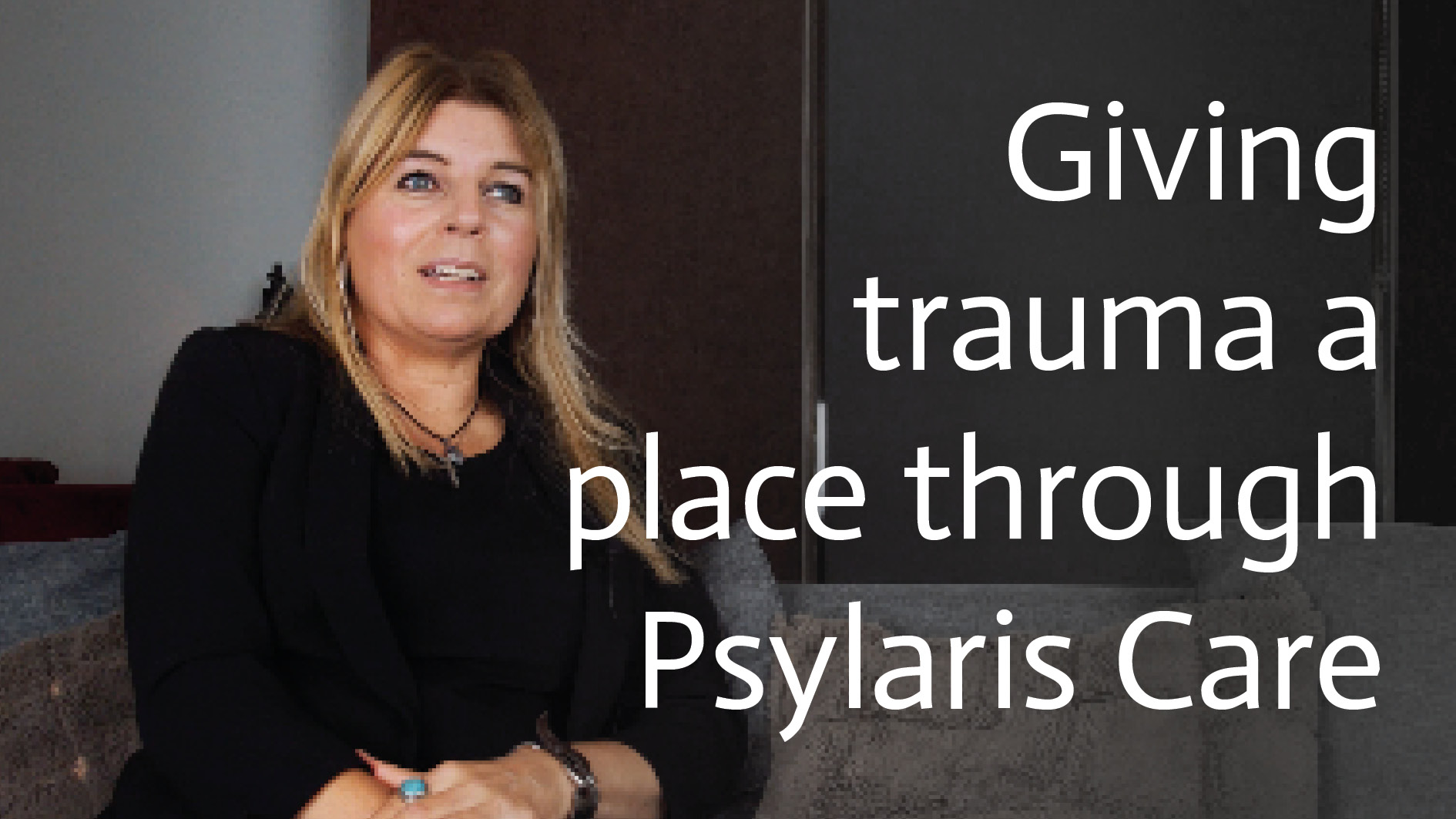There are many types of anxiety disorders with different characteristics, causes, consequences and treatment options. The symptoms of the anxiety disorder you experience are very personal and depend partly on the type of anxiety disorder you have. In many cases you may experience physical symptoms, such as trembling, stomach aches or headaches. But you may also feel anxious, have unpleasant thoughts or change your behaviour. These include stiffening, crying, avoiding anxious situations, being defiant and asking for reassurance. Many anxiety disorders share the following symptoms:
- Palpitations
- Dry mouth
- Feeling trapped
- Nervous tension
- Irritability
- Restlessness
- Increased muscle tension
- Problems sleeping and concentrating.
The fear is excessive and unreasonable (and the person knows it);
there is avoidance behaviour and/or psychological distress when exposed to the fear;
the anxiety symptoms interfere significantly with daily activities (work, study, social activities and relationships).
Exposure therapy in virtual reality (VRET) can help people overcome their anxiety disorder. With VR goggles you can virtually go to another place. In this way, any situation can be simulated. You virtually visit a busy place or board a plane. The anxiety feelings that occur disappear after a while. In this way you learn that you do not have to avoid certain situations.
Different types of symptoms of anxiety disorders
There are several anxiety disorders that can affect a child, teenager or adult. The best known are panic disorder, social phobia (social anxiety disorder), generalised anxiety disorder, agoraphobia and specific phobias.
Symptoms of panic disorder
With panic disorder, you have frequent panic attacks for no apparent reason. These attacks include an accelerated heartbeat, sweating, dizziness, fainting, nausea and sometimes fear of death.
A panic attack is no fun. Often, these attacks are so unpleasant that you become afraid of having further panic attacks. If, after a panic attack, you worry for more than a month about having another panic attack and its consequences, or if you start avoiding certain situations, you may be suffering from a panic disorder. However, a panic attack can also be part of another anxiety disorder. A (child) psychologist can determine whether this is the case through careful examination.
Symptoms of social phobia (social anxiety disorder)
Social phobia is characterised by fear and avoidance of social situations (usually with peers). Social phobia, better known as social anxiety disorder, causes a persistent fear of failure in social situations. You may experience palpitations, trembling, sweating, flushing, diarrhoea and sometimes panic attacks. This happens especially when you come into contact with other people or when you are the centre of attention, such as when making a speech or even when eating/drinking in company. You are afraid of negative judgements, criticism or humiliation and to blush, tremble or sweat in such situations.
Symptoms of generalised anxiety disorder (anxiety disorder)
If you have generalised anxiety disorder, you worry a lot about many different things or events in your everyday life. These may be things that concern you or others who are important to you, such as health, a nice place to live, money, job loss/school failure, a possible divorce (from your parents).
While it is normal to worry about these things from time to time, it goes a step further when you have an anxiety disorder. You worry about these things for no good reason. You worry about situations that don't even exist yet. The annoying thing about having a rumination disorder is that it is difficult to stop these thoughts. As a result, you often have trouble sleeping. You may also need reassurance from others.
Agoraphobia
With agoraphobia, you suffer from a fear of a certain situation that involves using (public) transport, public places (such as car parks and market places), enclosed spaces (such as shops and cinemas), standing in queues or being alone outside your home. People consciously avoid these situations and it often occurs in combination with panic disorder.
Specific phobia
A specific phobia consists of intense fear and avoidance of an object or situation. Examples are blood, natural phenomena (such as thunderstorms, heights, water), injections or injuries, certain animals (such as spiders or dogs), hitchhiking, driving or flying. If you suffer from one particular phobia, it is likely that you have several.
It is quite normal to be a little afraid of certain things, especially if it is something you have never seen or experienced. But the fear you feel when you have a specific phobia is disproportionate: the danger you actually face is many times smaller than you think. Yet (almost) every time you are exposed to what you fear, you have an enormous fear response.
Separation anxiety disorder
Separation anxiety is an anxiety disorder that mainly affects children. They are afraid of losing people or of not being able to be with their parents. They often suffer from homesickness and are very concerned about the safety and health of their parents. Children with this disorder like to avoid situations in which they are separated from their parents. For example, they prefer not to go to school or camp and they do not like sleepovers.
Selective mutism
Another anxiety disorder that can occur in children is selective mutism. This means that the child does not express him/herself in social situations, while he/she does so in other situations. However, the lack of speech has nothing to do with any other disorder or a lack of knowledge or familiarity with language. The lack of language also has a negative impact on school or social communication.
For people in need of care
Anxiety disorders can limit you considerably in your life. For example, you may not dare to go to public places. Or to places where many people gather. Virtual reality therapy can help you overcome your anxiety disorder. In this way, you are free again and can go wherever you want.
VR glasses are used to simulate a frightening situation in a safe environment. It feels lifelike. Under the guidance of a therapist, you can overcome your fears step by step. Is this too much for you? Then just take off your glasses.
Ask your therapist if he or she works with virtual reality exposure therapy. You can also contact a therapist who works with this.
For health providers
Exposure therapy can be very helpful in anxiety disorders. As a practitioner, it is important that you help your clients through this process. Nowadays, exposure therapy can also be done in virtual reality. You assist the client when he is looking for the exciting situation. In this way, you can serve the client even better.
When your client puts on the VR glasses, a scary situation is simulated. This takes place in a safe environment, but it feels very lifelike. You stand next to the client and guide him step by step. If it becomes too much, your client can simply take off the glasses.








